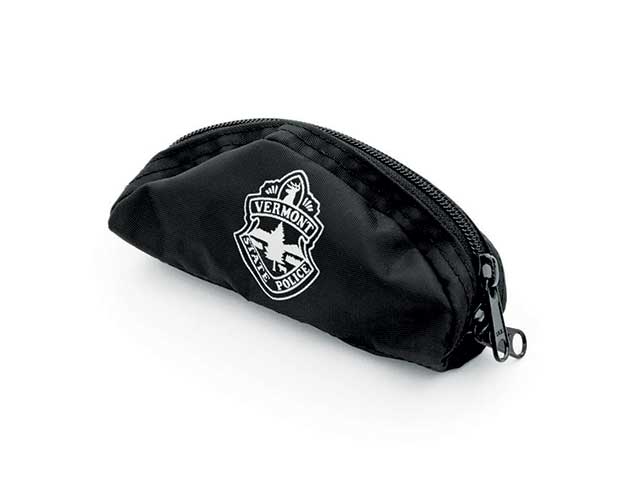Vermont’s Weapon in the War on Drugs
< < Go Back
The state begins a grand experiment to treat heroin as a health issue, not a crime problem.
Vermont Governor Peter Shumlin devoted his entire State of the State address in January to what he called Vermont’s “full-blown heroin crisis.” Since 2000, he said, the state had seen a 250 percent increase in addicts receiving treatment. The courts were swamped with heroin-related cases. In 2013 the number of people charged with heroin trafficking in federal court in Vermont increased 135 percent from the year before, according to federal records. Shumlin, a Democrat, urged the legislature to approve a new set of drug policies that go beyond the never-ending cat-and-mouse between cops and dealers. Along with a crackdown on traffickers, he proposed rigorous addiction prevention programs in schools and doctors’ offices, as well as more rehabilitation options for addicts. “We must address it as a public health crisis,” Shumlin said, “providing treatment and support rather than simply doling out punishment, claiming victory, and moving on to our next conviction.”
Vermont has passed a battery of reforms that have turned the tiny state of about 627,000 people into a national proving ground for a less punitive approach to getting hard drugs under control. Under policies now in effect or soon to take hold, people caught using or in possession of heroin will be offered the chance to avoid prosecution by enrolling in treatment. Addicts, including some prisoners, will have greater access to synthetic heroin substitutes to help them reduce their dependency on illegal narcotics or kick the habit. A good Samaritan law will shield heroin users from arrest when they call an ambulance to help someone who’s overdosed. The drug naloxone, which can reverse the effects of a heroin or opioid overdose, will be carried by cops, EMTs, and state troopers. It will also be available at pharmacies without a prescription. “This is an experiment,” Shumlin says. “And we’re not going to really know the results for a while.”
Leniency won’t apply to traffickers or major drug suppliers. “The culture hasn’t shifted if you’re a heroin dealer,” says South Burlington Police Chief Trevor Whipple. “If you’re trafficking hundreds of bags of heroin a day in our community, we’re probably not going to [think] much about, you know, ‘How can we help you?’ ”
Vermont isn’t the first place to test such harm-reduction policies, as they’ve come to be known. About half of U.S. states allow some distribution of naloxone, and at least 20 have a version of the good Samaritan law. Cities including Chicago, Philadelphia, and Milwaukee offer certain people charged with drug crimes alternatives to incarceration. But Vermont is going further, investing in harm reduction as a primary method of battling heroin addiction and drug-related crime statewide.
More From Bloomberg Businessweek:




